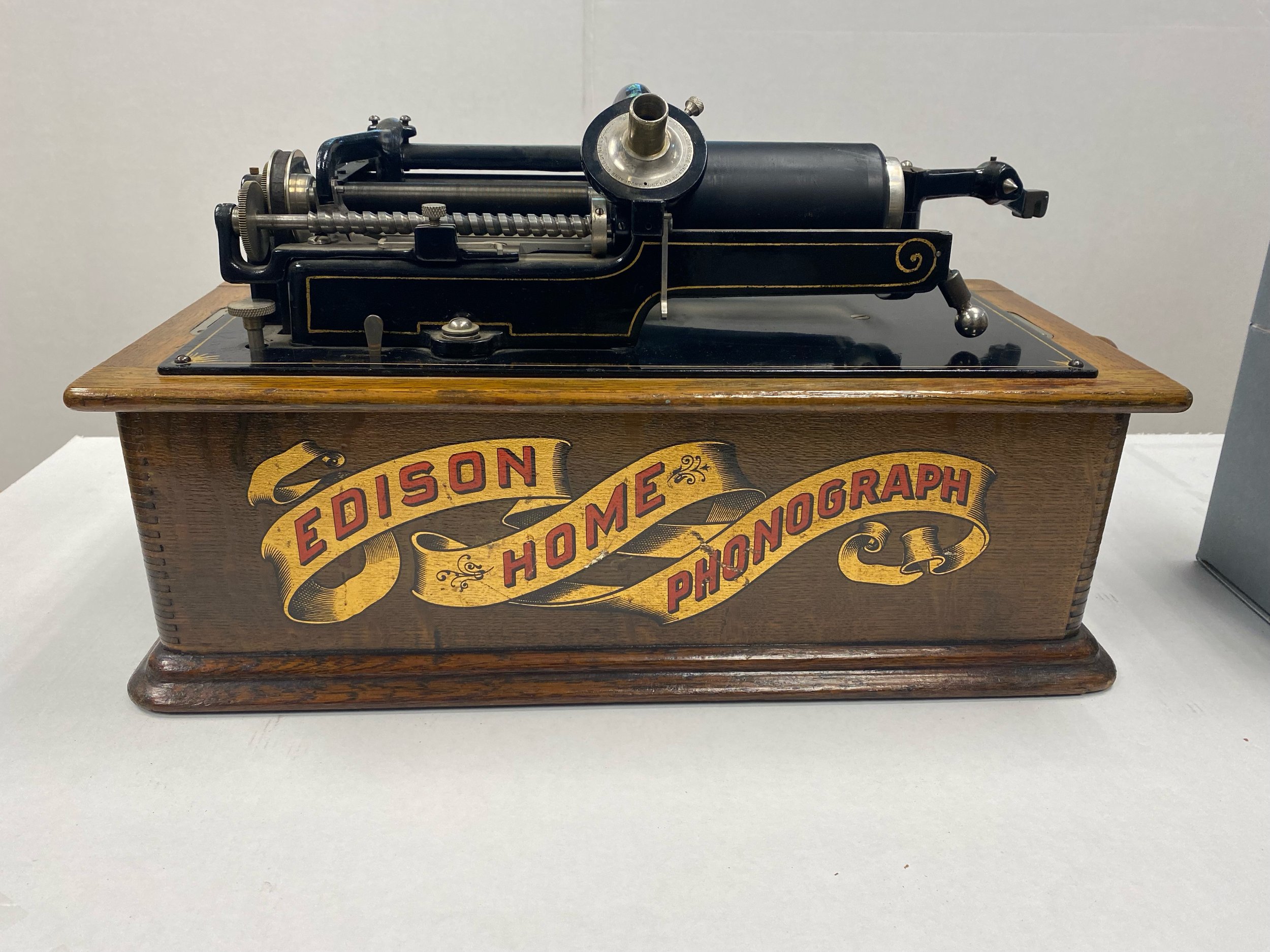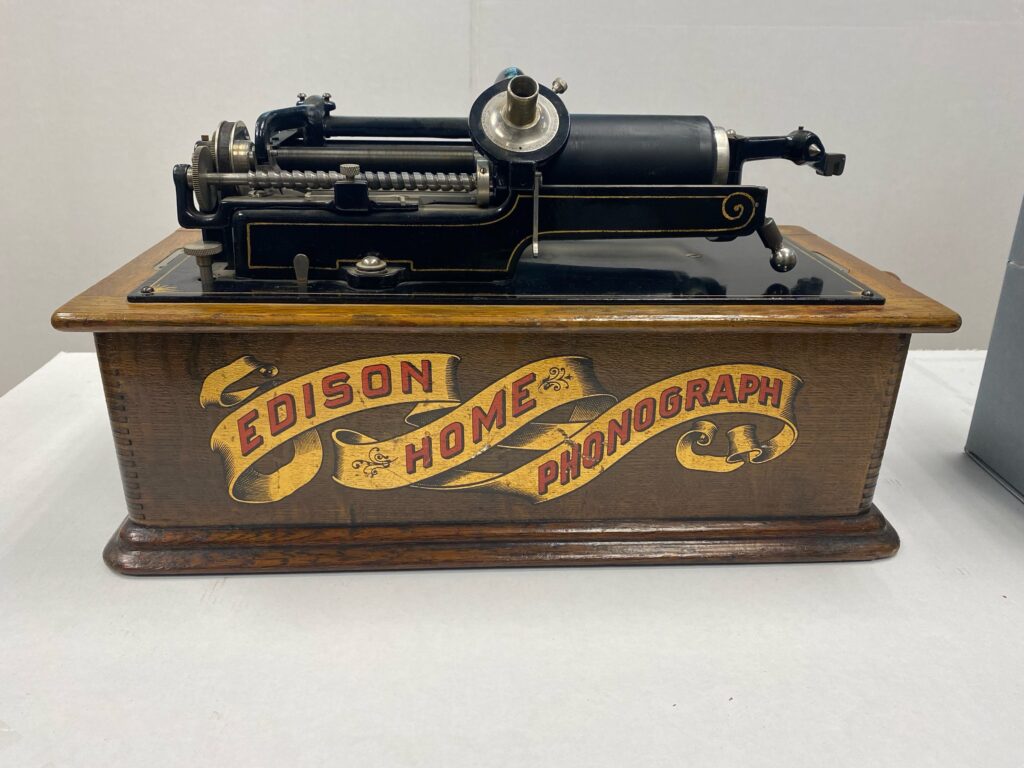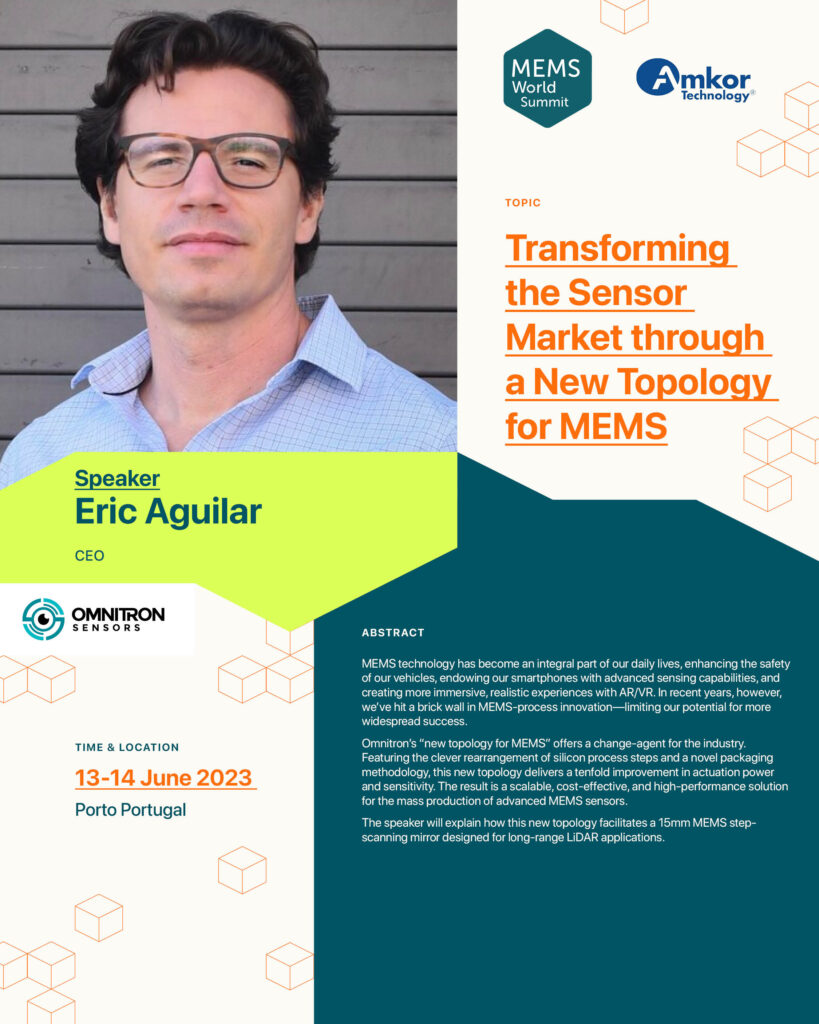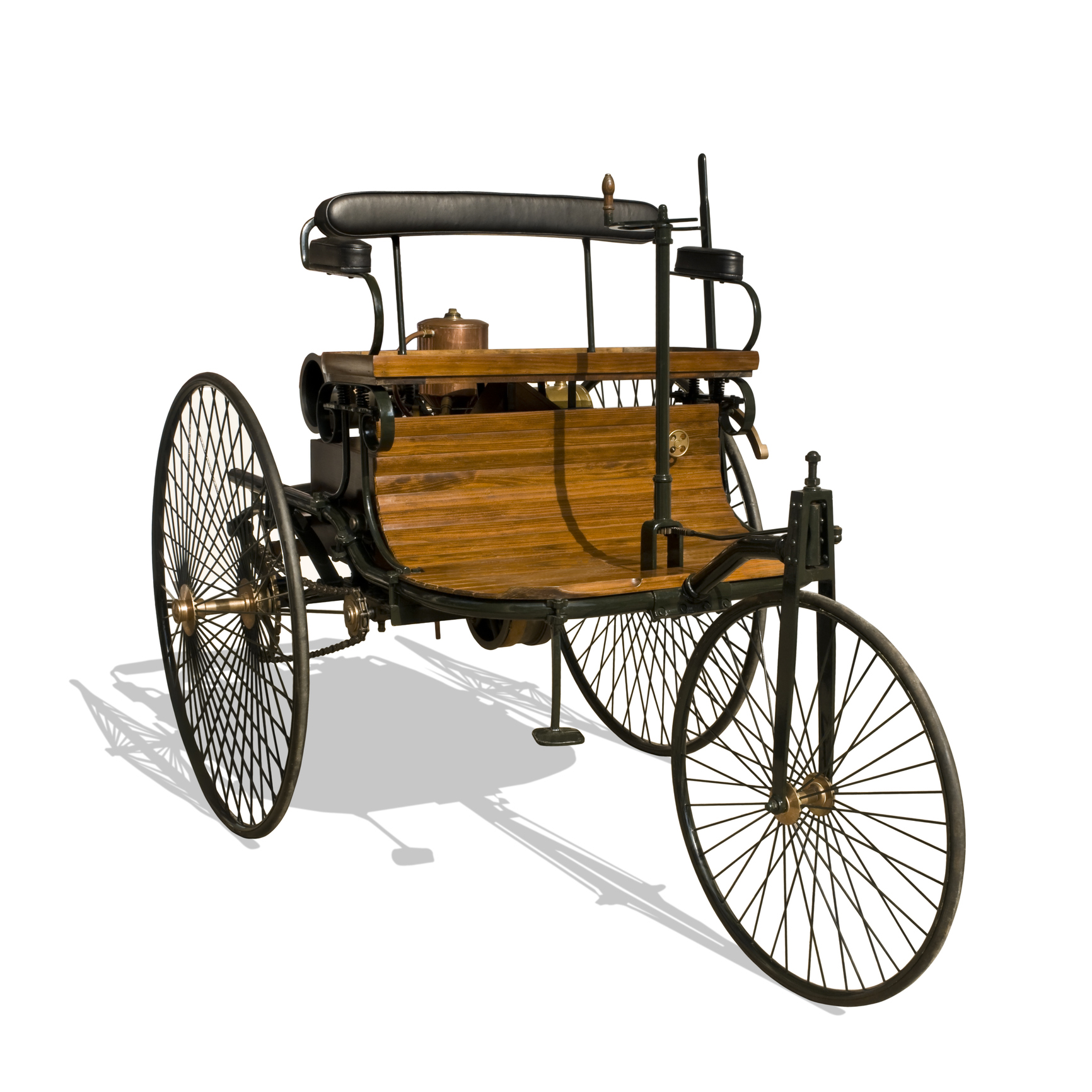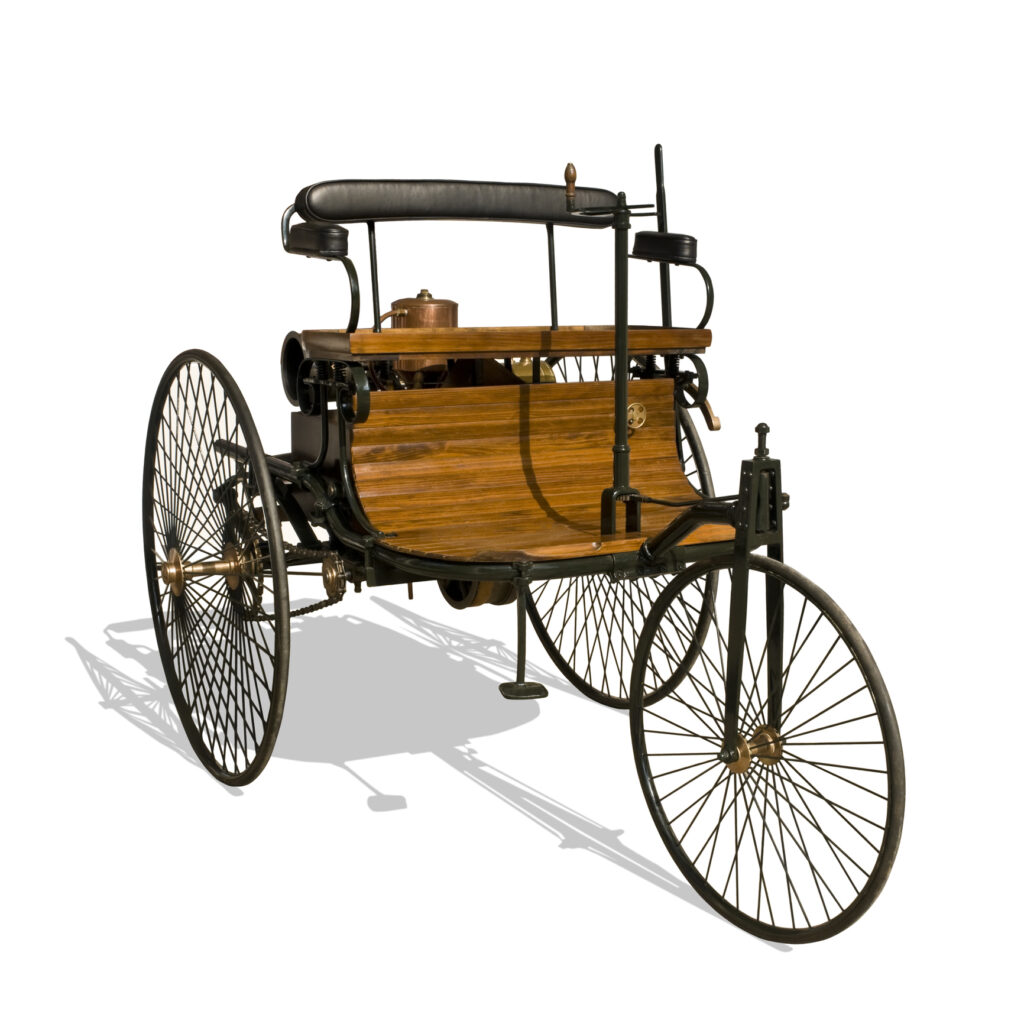
The optical scanner is at the heart of the perception systems we’re increasingly using in cars, in drones, and in virtual reality (VR)/augmented reality (AR)/mixed-reality (MR) headsets. In automotive, we may see a combination of cameras, LiDAR and radar used in advanced driver assistance systems (ADAS), such as automatic braking, lane-departure warnings, and collision avoidance. That’s typically the case for autonomous navigation in cars and drones as well. The optical systems in VR/AR/MR headsets feature a display—such as an OLED or LED, and cameras; and one day soon LiDAR may augment or replace those cameras. Whatever their underlying scanning technology, perception systems require micro-optical components that are accurate, reliable, affordable and available in mass-production volumes.
With so many different types of micro-optical components available for perception systems, how can designers choose the best components for their specific applications? As with any important engineering decision, you have to balance what’s most important to your customer.
Chances are, you’re looking for a compelling set of features at an affordable price point.
If you’re designing perception systems for ADAS, autonomous navigation or AR/VR/MR, it’s time to start looking at the next generation of LiDAR sensor. Because the LiDAR of old—fragile, large, expensive, susceptible to environmental conditions, and difficult to maintain—is a thing of the past. Leveraging a new topology for MEMS, Omnitron Sensors is introducing a small, low-cost, rugged and reliable step-scanning sensor for LiDAR. Omnitron’s MEMS step-scanning sensor makes a world of a difference in autonomous navigation—interpreting the real-world physical environment that a car perceives in 3D, not 2D.
And that’s just scanning the surface of what Omnitron Sensors can do. Its next-gen LiDAR sensor perceives the environment accurately in all lighting and weather conditions. It can decipher between stationary and moving objects, is immune to high-vibration and temperature variation, and it’s affordable in mass-production quantities.
Learn more about Omnitron’s MEMS step-scanning sensor for LiDAR at Micro Optics 2023, a virtual conference that takes place August 1-3, 2023.
Omnitron Sensors Co-founder & CEO Eric Aguilar will present “Transforming Optical Scanning: MEMS Topology for Low-Cost, Small, and High-Performance Scanners,” at 12:15 p.m. EDT on August 3, 2023.
There’s still time to register. Or, if you’re not able to attend Micro Optics 2023, please email Omnitron Sensors today.

